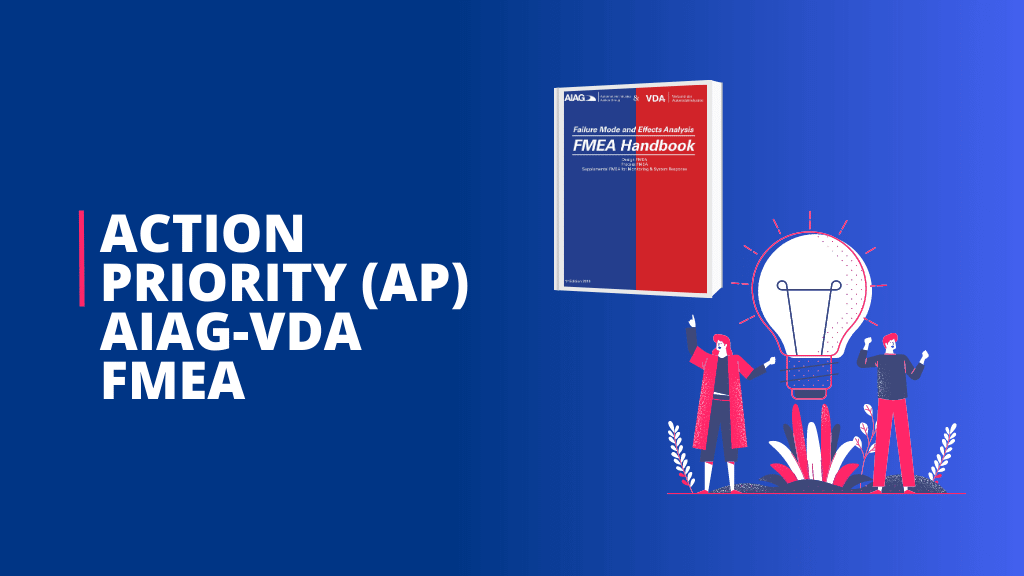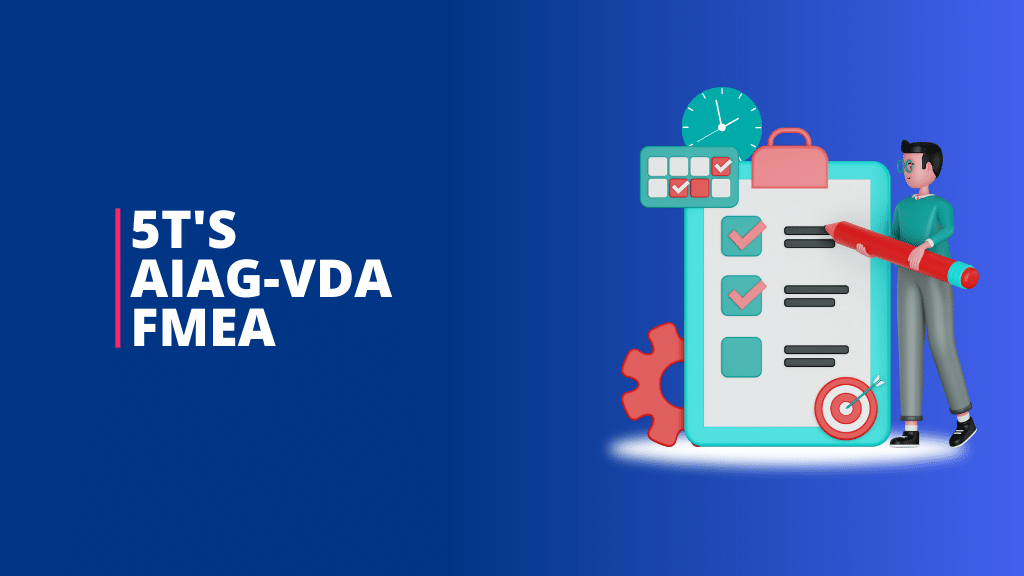Introduction
FMEA (Failure Mode & effect Analysis) is a specific risk analysis methodology to evaluate a system, design and process or services for possible ways in which failures can occur.
So It will help to identify actions which could eliminate or reduce the chance of failure occurring.
In addition, for each failures will made an effect on total system/design.
FMEA is an analytical tool used to ensure that the potential failures is identify/addressed in product and process developement cycle (APQP: Advanced Product Quality Planning).
As it is an analytical methodology used to ensure that potential problems is considered and addressed throughout the product and process development process (APQP– Advanced Product Quality Planning).
It is the cross-functional team approach base methodology. The more competent team the FMEA quality will be good.
FMEA follows the principle of identifying and preventing the failure in early stage instead of correct failures after occure.
Therefore the cost of changes to prevent the failure is lower that the cost incurred on failure after launch of the product.

The FMEA is prevention-base methodology, so its more effective for defect prevention.
Therefore the cost of defect identification before product/process launch is lower than the after launch.
It will help to reduce the number of complaints and failures after product launch and dispatch.
This is also useful for evaluating the effects of significant engineering changes or product/process designs. Failure mode and effect analysis is one of the important quality core tool, and also mandatory requirement of APQP & PPAP (Production Part Approval Process).

HISTORY
The failure mode and effect analysis (FMEA) has been developed at the mid-60’s in the USA for the Apollo Project by the NASA.
After applying that method in aeronautics and the aerospace industry, as well as in the nuclear technology, its usage had been introduced soon in the automobile industry.
The Failure Mode and Effect Analysis finds now globally a widespread application.
The FMEA nowadays a methodical component of quality management systems for many automobile manufacturers and their suppliers.
When FMEA?
There are three basic cases for which FMEA process is to be applied, each with a different scope or focus:
Case 1: New designs, new technology, or new process. The scope of the FMEA is the complete design, technology, or process.
Case 2: Modifications to existing design or process. The scope of the FMEA should focus on the modification to design or process, possible interactions due to the modification, and field history. This can include changes in regulatory requirements.
Case 3: Use of an existing design or process in a new environment, location, application, or usage profile (including duty cycle, regulatory requirements, etc.). The scope of the FMEA should focus on the impact of the new environment, location, or application usage on the existing design or process.
Why FMEA?
- It is a systematic and reliable method for ensuring demanded product characteristics.
- Early recognition and evaluation of possible failures already during the design- or process planning phase
- Prioritized problem handling
- Definition of appropriate Countermeasures (preventing or verifying)
- FMEA documents the generated knowledge (Prevention of Repetitive Errors; Knowledge Management)
- Increase of functional safety and reliability of products and processes.
- Decrease of Warranty, through extension of the legal warranty period
- Shorter Development periods
- Adherence of Schedules
- More efficient Manufacturing and Assembling
- Buildup of a knowledge base within the company
- Failure prevention instead of failure correction (early use)
FMEA is of two type
Advantages of FMEA
- Aiding in the objective evaluation of design requirements and design alternatives.
- Aiding in the initial design for manufacturing and assembly requirements.
- Providing additional information to aid in the planning of thorough and efficient design test and development programs.
- Developing a list of potential failure modes ranked according to their effect on “customers”.
- Providing an open issue format for recommending and tracking risk reducing actions.
- Providing future reference to aid in analyzing field concerns.






